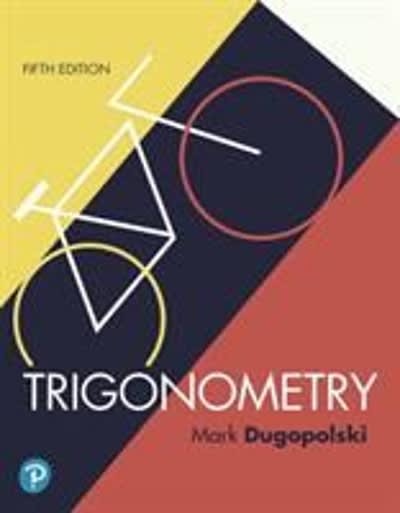Answered step by step
Verified Expert Solution
Question
1 Approved Answer
Write a MATLAB programsimilar to thefirst example program (and basically redo ref question 1) but this time use the randn function to generate a length
Write a MATLAB programsimilar to thefirst example program (and basically redo ref question 1) but this time use the randn function to generate a length M vector of Gaussian random numbers with mean -2 and variance 3 (use M = 50000). Include a subroutine that computes P(z>2) and compare to the theoretical value.Using an x-axis that goes from -6 to6 withDx= 0.1, plotthe actual pdfof this Gaussianrandom variable alongwith the estimated pdf using the hist function.


Step by Step Solution
There are 3 Steps involved in it
Step: 1

Get Instant Access to Expert-Tailored Solutions
See step-by-step solutions with expert insights and AI powered tools for academic success
Step: 2

Step: 3

Ace Your Homework with AI
Get the answers you need in no time with our AI-driven, step-by-step assistance
Get Started


